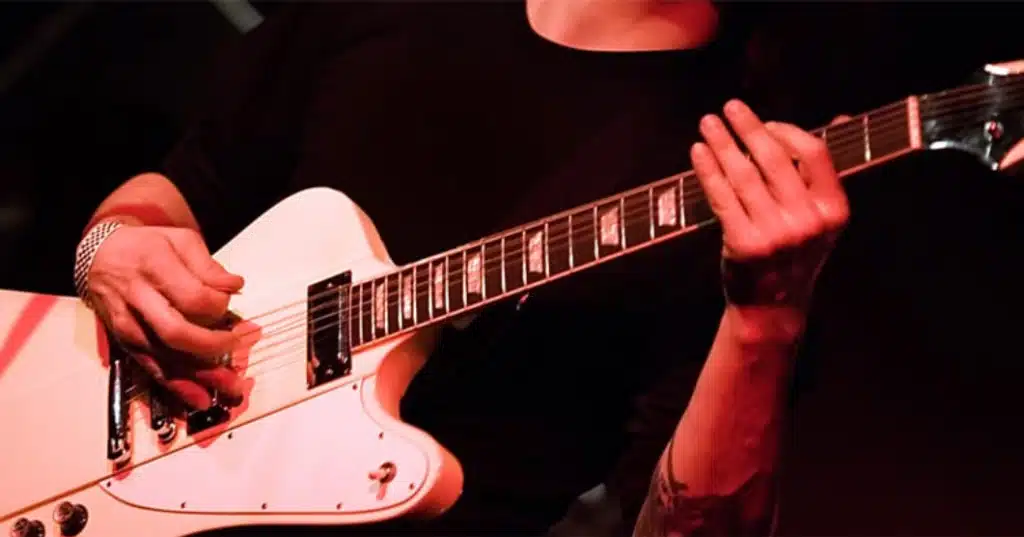Carpal tunnel syndrome (CTS) is a condition where pressure applies to the median nerve as it passes through the wrist. When playing a musical instrument, the fast repetitive movements of the fingers can cause the tendons to rub together, creating friction. Especially when you are playing for hours at a time for several days in a row. This leads to heat and eventually swelling or inflammation, which manifests as pain, numbness, and tingling. Without treatment or modifications to your practice schedule, it is likely the numbness/tingling in your hands and fingers will gradually worsen and may even completely prohibit you from playing your instrument.
We must accept that every tissue in our body has a certain capacity or threshold. If it is exceeded, problems will surface. There are factors that can make some of us MORE SUSCEPTIBLE to CTS. Some of these differences include female gender, age over 50, hormone imbalances (low thyroid function, diabetes, and others), birth control pill (BCP) usage, pregnancy, obesity, and manually intensive jobs. Personality can even play a role. If you’re someone who will push yourself to play through the pain, then your risk for CTS is greater.
Tricks for Wrist
Because both hands are typically required to play an instrument, it is more common than not that BOTH hands may eventually become symptomatic if you don’t practice some VERY SIMPLE preventative “tricks of the trade.” So what are those tricks?
Take 30-60 second mini-breaks every hour during your practice sessions to stretch. Simply BEND your wrist and fingers back as far as you can with your other hand or against a wall (fingers pointing downward) and try to touch your palm to the wall. Hold the maximum stretch for five to ten seconds. Repeat until the forearm feels looser (usually three to four times).
Another “trick” is to wear a cock-up wrist splint at night since we cannot control our wrist/hand position when sleeping. When the wrist is bent to its maximum, the normal pressure inside the carpal tunnel increases six times or more. This can REALLY irritate the median nerve.
Doctors of chiropractic can teach you proper exercises, fit you with a wrist splint, AND check to make sure pressure on the median nerve isn’t the result of dysfunction in other anatomical areas along the course of the nerve, such as the neck.


